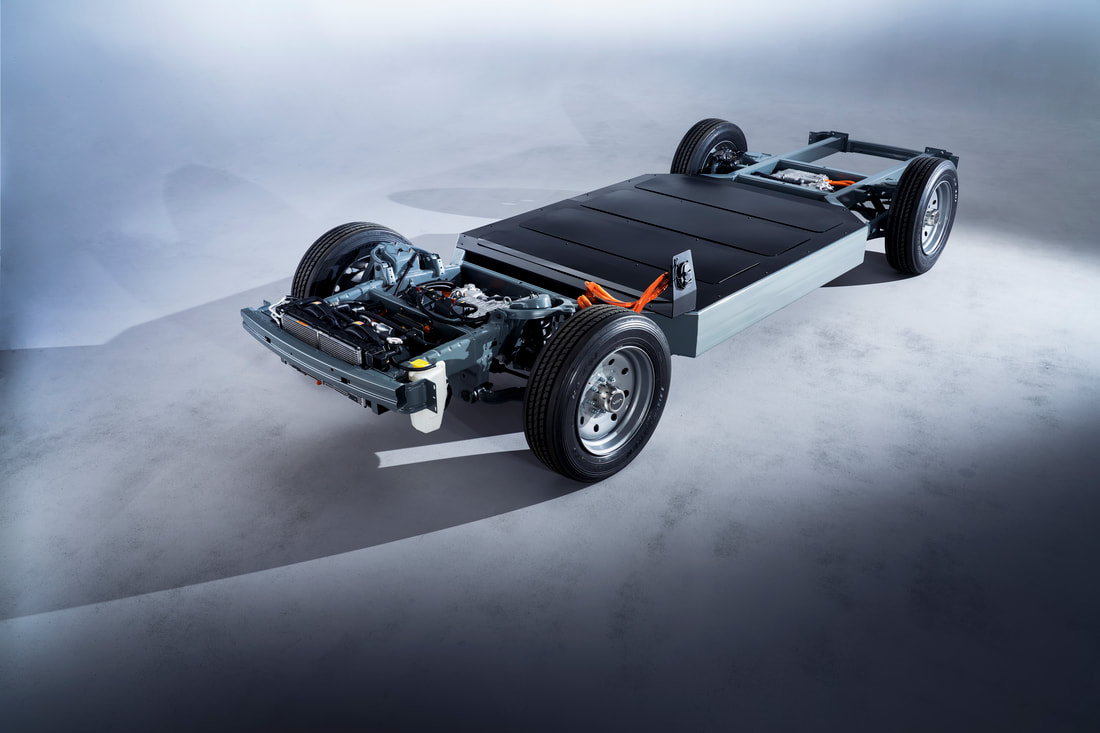Ideanomics, a fintech and electric mobility firm based in New York, has added to its list of acquisitions on Monday to buy commercial electric vehicle manufacturer Via Motors in an all-stock deal valued at $450 million.
Ideanomics has been aggressively purchasing mobility businesses this year, as it seeks to build out vertically integrated offerings for fleet operators and transit authorities transitioning to electric vehicles. The Via Motors acquisition announcement pushed Ideanomics’ share price up 6% since the market opened to $2.43.
This year alone, Ideanomics has completed acquisitions of US Hybrid, a manufacturer of electric powertrain components and fuel cell engines, EV tractor maker Solectrac, which builds the only American-made electric tractor, Utah-based wireless charging company Wave and Timios Holdings Corp., which provides title and escrow services.
The acquisition of Via Motors is by far the largest in Ideanomics’ history. Via designs and manufacturers electric vans and trucks for short- and middle-mile delivery, using a modular, “skateboard” style architecture across three vehicle models.
“This acquisition marks a transformational milestone for Ideanomics,” Poor said in an investor call on the deal Monday. He noted that the acquisition also provides “full OEM manufacturing capabilities,” meaning the company can now make the EVs that it finances and keeps charged.

Image Credits: Via Motors (opens in a new window)
The transaction includes a potential earnout for Via stockholders of up to $180 million, contingent on vehicle deliveries through 2026. The shareholders will also own around 25% of the combined company. Separately, Ideanomics said it will advance a $50 million financing note to fund Via operations.
Ideanomics currently facilitates everything from EV procurement to setting up charging management infrastructure. Through its fintech arm, Ideanomics also offers financing as well as charging-as-a-service and vehicle-as-a-service services, which it says will let fleet companies switch their investment model from capital expenditure-driven to operating expenses-driven.
“We believe the shift from CapEx to OpEx will have a profound effect on fleet operators, accelerating the adoption of zero-emission fleets by removing the obvious barrier to entry but having to invest in new products and infrastructure,” CEO Alfred Poor said in a recent second quarter earnings call.
While the company stayed quiet about financial projections for Utah-based Via through 2026, Poor added that these figures would be included in Ideanomics’ proxy statement submitted to regulators in advance of the acquisition’s closing.
from TechCrunch https://ift.tt/3zpghnH
via IFTTT
Comments
Post a Comment